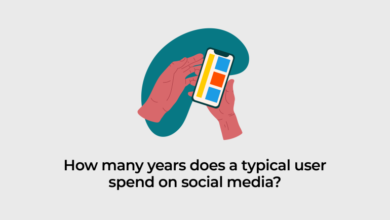How 5 minutes of exercise every day can help with high blood pressure

Our busy lifestyles often restrict us from adopting healthy changes and becoming more active. Today, finding time to exercise is a struggle for many. However, pushing physical activity to the side can affect your heart health. According to a new study, including five additional minutes of exercise in your daily routine could significantly lower your blood pressure.
The study was published in the journal Circulation. Researchers from the University of Sydney and University College London analysed data from over 14,000 volunteers across five countries who wore devices on their thighs over a seven-day period, capturing 24-hour movement behaviours across six different types: sleep, sedentary activity, standing, slow walking, fast walking, and exercise-like activities (like running or cycling).
Small amount of daily exercise improves heart health?
The study discovered that simple activities like stair-climbing, brisk walking, jogging, cycling, or even power-walking uphill can greatly impact cardiovascular health. They found that the key was replacing sedentary behaviour like sitting, lounging, or inactivity with just 20 to 27 minutes of exercise daily. The researchers estimate that this small amount of movement could reduce your risk of cardiovascular disease by up to 28 per cent.
Professor Emmanuel Stamatakis, director of the ProPASS Consortium, which conducted the study, explained in a press release, “High blood pressure is one of the biggest health issues globally, but unlike some major causes of cardiovascular mortality, there may be relatively accessible ways to tackle the problem in addition to medication.”
Author Dr Jo Blodgett from UCL added, “Our findings suggest that, for most people, exercise is key to reducing blood pressure, rather than less strenuous forms of movement such as walking. The good news is that whatever your physical ability, it doesn’t take long to have a positive effect on blood pressure…What’s unique about our exercise variable is that it includes all exercise-like activities, from running for a bus or a short cycling errand, many of which can be integrated into daily routines.”
Additionally, the study found that sedentary time was notably linked to higher BP, while standing and walking didn’t significantly impact BP, stressing the strong BP benefits of more vigorous activity.










